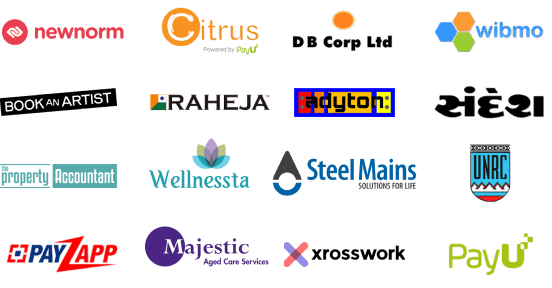Enhanced Worker Safety
IoT devices can monitor worker safety in real-time, detecting any potential hazards and alerting workers to take action to prevent accidents. This helps to create a safer work environment and reduce workplace injuries.
Opportunities
- Real-time monitoring: IoT devices can collect real-time data on machines, equipment, and processes, enabling manufacturers to monitor their production line in real-time. This helps them identify any anomalies, prevent downtime, and optimize their production.
- Predictive maintenance: With IoT devices collecting data, manufacturers can predict when machines need maintenance or repairs, reducing the downtime and costs associated with unexpected breakdowns.
- Supply chain management: IoT devices can track products throughout the supply chain, providing manufacturers with real-time information on inventory levels, delivery times, and other metrics. This helps them optimize their supply chain and reduce waste.
- Improved quality control: IoT devices can monitor the production line, detecting any defects or quality issues early on. This enables manufacturers to take corrective action quickly and ensure that their products meet high-quality standards.
- Enhanced worker safety: IoT devices can monitor worker safety in real-time, detecting any potential hazards and alerting workers to take action to prevent accidents. This helps to create a safer work environment and reduce workplace injuries.
Challenges
- Data security: With IoT devices collecting and transmitting sensitive data, data security is a major concern. Manufacturers need to ensure that their devices are secure and that data is encrypted to prevent unauthorized access.
- Integration: With IoT devices from different vendors, integration can be a challenge. Manufacturers need to ensure that all their devices can communicate with each other and that they are all working together seamlessly.
- Cost: The cost of implementing IoT devices can be high, particularly for small and medium-sized manufacturers. Manufacturers need to weigh the benefits against the costs and ensure that they have the resources to implement IoT devices effectively.
- Training: With new technologies come new skills requirements. Manufacturers need to ensure that their workforce is trained to use IoT devices and that they have the necessary skills to analyze the data collected by these devices effectively.
Conclusion
IoT has tremendous potential to transform the manufacturing industry and enable Industry 4.0. It provides manufacturers with real-time data, predictive maintenance capabilities, improved quality control, and enhanced worker safety. However, there are also challenges associated with IoT implementation, including data security, integration, cost, and training. Manufacturers need to address these challenges to fully realize the benefits of IoT in Industry 4.0.






